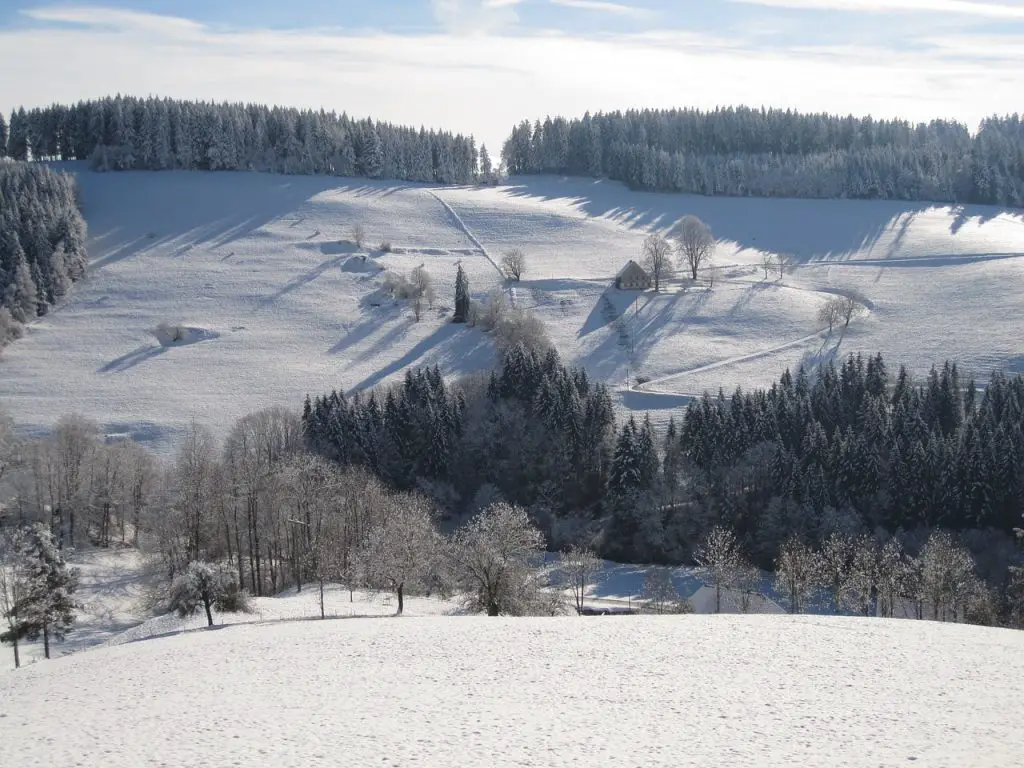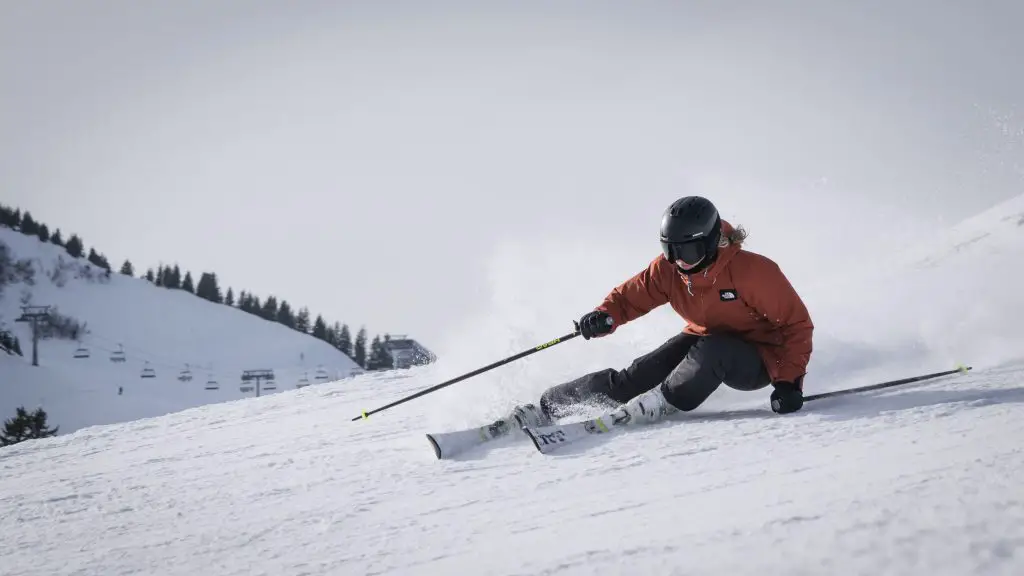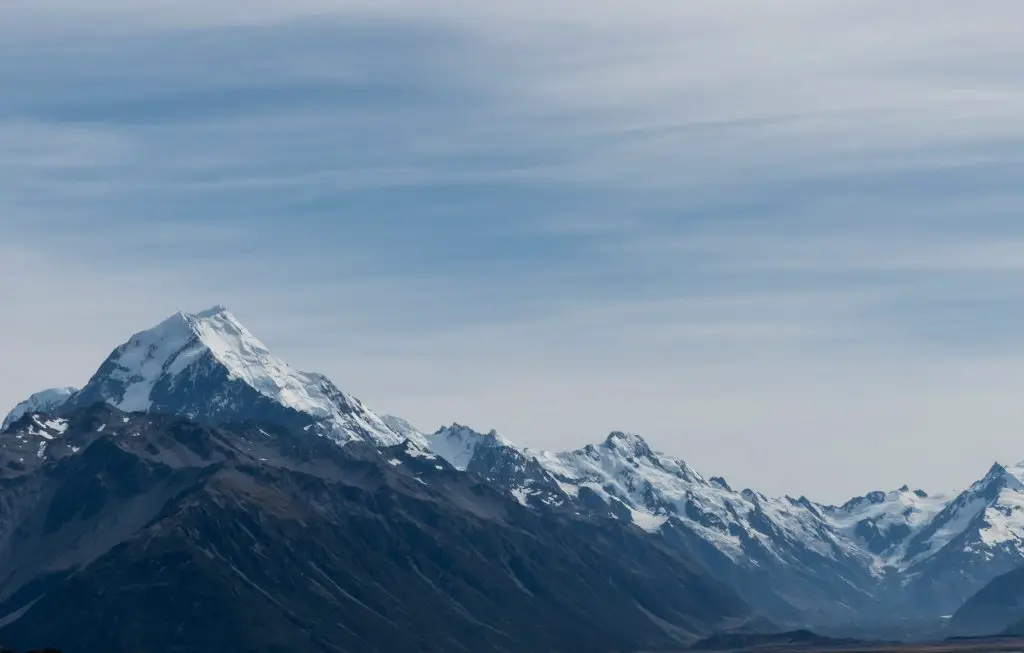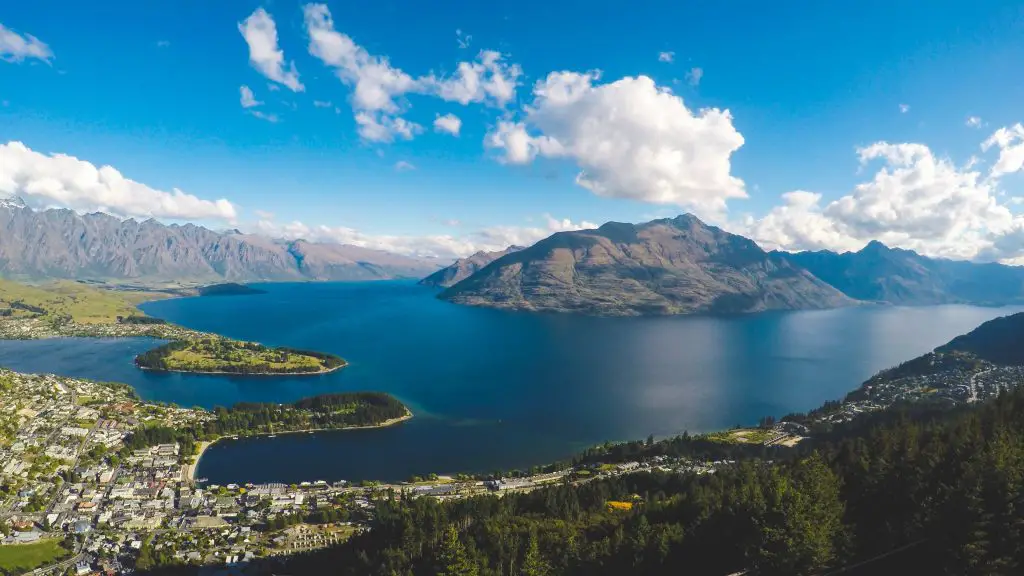New Zealand is known for its beautiful landscapes, lush rainforests, and sandy beaches, but what many people may not know is that it also experiences snowfall in certain areas. The South Island, home to the Southern Alps, is the most popular destination for skiing and snowboarding in New Zealand, but the North Island also receives snowfall in some higher elevation areas.

In this article, we will explore the different regions of New Zealand where snowfall is common, as well as the best time to visit for a winter vacation. We will also discuss the different activities that can be enjoyed in the snow and tips for staying safe while visiting these areas. So, whether you’re a seasoned skier or just looking for a unique vacation experience, this article will provide all the information you need to plan your next snow-filled trip to New Zealand.
Contents
The places where snowfall is common in New Zealand
In New Zealand, snowfall is most common in the South Island, specifically in the Southern Alps. The Southern Alps are a mountain range that runs the length of the island and are home to several ski fields and resorts, such as Coronet Peak, The Remarkables, and Treble Cone. The ski season in these areas typically runs from June to October, with the heaviest snowfall occurring in August and September.
On the North Island, snowfall is less common, but it can still be found in some higher-elevation areas, such as Tongariro National Park and the Central Plateau. These areas are home to the Whakapapa and Turoa ski fields on Mt Ruapehu, which are open from June to October.
Other areas where snowfall is common in New Zealand include the Craigieburn Range, the Tasman Glacier, and the Fox and Franz Josef Glaciers, all located on the South Island. These areas are popular for backcountry skiing, snowboarding, and snowshoeing and are accessible via helicopter or ski touring.
It’s worth mentioning that New Zealand weather can be highly variable, and snowfall can happen in unexpected places and times, so always check the weather forecast before planning any trip and be prepared for any eventualities.
What is the best time to visit New Zealand for a Winter Vacation
The best time to visit New Zealand for a winter vacation depends on what type of activities you plan to do and where you plan to go.
If you’re planning to visit the South Island for skiing or snowboarding, the best time to go is typically from June to October, when the ski fields and resorts are open, and the snowfall is at its heaviest. This period is considered the peak season, and it’s best to book accommodation and ski pass well in advance.
If you’re planning to visit the North Island for skiing or snowboarding, the best time to go is also typically from June to October, when the Whakapapa and Turoa ski fields on Mt Ruapehu are open.
If you’re planning to visit other areas of New Zealand where snowfall is common, such as the Craigieburn Range, the Tasman Glacier, or the Fox and Franz Josef Glaciers, the best time to go is typically from June to October as well. This is when the weather is the coldest, and the snow is at its deepest, making it the best time for backcountry skiing, snowboarding, and snowshoeing.
It’s worth noting that New Zealand weather can be highly variable, and snowfall can happen at unexpected times, so always check the weather forecast before planning any trip and be prepared for any eventualities.
What are the Activities there that you can Enjoy and Tips for Staying Safe

There are many activities that can be enjoyed in New Zealand during the winter months. Some of them are:
Skiing and snowboarding: The South Island’s Southern Alps and the North Island’s Mt Ruapehu are the most popular destinations for skiing and snowboarding in New Zealand. Many ski fields and resorts offer lift passes, ski and snowboard rentals, and ski lessons for all skill levels.
Snowshoeing and cross-country skiing: These activities are popular in areas where snowfall is common, such as the Craigieburn Range, the Tasman Glacier, and the Fox and Franz Josef Glaciers. Guided tours are available in these areas, and they provide an opportunity to explore the backcountry and take in the stunning winter landscapes.
Snowmobiling and heli-skiing: These activities are also popular in areas where snowfall is common, and they provide an exciting way to experience the backcountry.
Winter hiking: Many hiking trails in New Zealand’s national parks remain open during the winter months, and they offer an opportunity to experience the winter landscapes.
To stay safe while enjoying these activities, it’s important to be prepared for the cold weather and to check the weather forecast before setting out. It’s also important to wear appropriate clothing and footwear, such as insulated boots, gloves, and a warm jacket. If you’re planning to go skiing or snowboarding, make sure you’re familiar with the mountain’s terrain and ski within your ability level. If you’re planning to go snowshoeing, cross-country skiing, snowmobiling, or heli-skiing, make sure you go with a reputable guide who is familiar with the area and has the necessary safety equipment.
It’s also important to be aware of the risks of hypothermia and frostbite, so it’s important to dress in layers and stay dry. Always carry a map and a compass, and let someone know your plans and expected return time. And lastly, be aware of the risks of avalanches, and carry the appropriate safety equipment if planning to go in the backcountry.
Key Takeaway

In summary, New Zealand is a popular destination for winter vacations, with many activities to enjoy, such as skiing, snowboarding, snowshoeing, cross-country skiing, snowmobiling, heli-skiing, and winter hiking. The best time to visit New Zealand for a winter vacation is typically from June to October, when the ski fields and resorts are open, and the snowfall is at its heaviest.
The South Island’s Southern Alps and the North Island’s Mt Ruapehu are the most popular destinations for skiing and snowboarding. Other areas where snowfall is common in New Zealand include the Craigieburn Range, the Tasman Glacier, and the Fox and Franz Josef Glaciers, all located on the South Island. To stay safe while enjoying these activities, it’s important to be prepared for the cold weather, wear appropriate clothing and footwear, and take necessary safety precautions such as carrying a map and a compass, letting someone know your plans, and being aware of the risks of hypothermia and frostbite.
Does New Zealand belong to the Australian continet? Read it here.





